When it comes to building lower body strength and muscle mass, squats are often hailed as the king of exercises. Among the various squat variations, the hack squat stands out as a popular choice for many fitness enthusiasts. But the question remains: Are hack squats good for your fitness goals? In this comprehensive guide, we'll delve into the benefits, proper techniques, and considerations to help you determine if hack squats are a valuable addition to your workout routine.
What Are Hack Squats?
Hack squats are a variation of the traditional squat that primarily targets the quadriceps, glutes, and hamstrings. Unlike standard squats, hack squats are typically performed using a specialized machine that provides support and guides the movement, allowing for a more controlled execution. This setup can be beneficial for isolating specific muscle groups and minimizing the risk of injury.
Benefits of Hack Squats
-
Enhanced Quadriceps Development
- Hack squats place significant emphasis on the quadriceps, making them an excellent exercise for building thigh muscle mass and strength.
-
Improved Stability and Support
- The hack squat machine provides stability, reducing the need for balance and allowing you to focus on muscle engagement. This can be particularly advantageous for beginners or those recovering from injuries.
-
Reduced Lower Back Strain
- Unlike traditional barbell squats, hack squats place less stress on the lower back, making them a safer option for individuals with back concerns.
-
Controlled Range of Motion
- The machine-assisted movement ensures a consistent and controlled range of motion, which can enhance muscle activation and reduce the risk of improper form.
-
Versatility in Training
- Hack squats can be easily adjusted to accommodate different fitness levels by altering the weight, foot placement, and tempo, providing versatility in training programs.
How to Perform Hack Squats Correctly
Proper technique is crucial to maximize the benefits of hack squats and minimize the risk of injury. Here's a step-by-step guide to performing hack squats on a machine:
-
Set Up the Machine
- Adjust the machine to fit your body size. Position your shoulders under the pads and place your feet shoulder-width apart on the platform.
-
Position Your Body
- Grip the handles for stability. Ensure your back is firmly against the backrest, and your core is engaged.
-
Execute the Squat
- Slowly lower the platform by bending your knees and hips, maintaining a controlled motion. Keep your knees aligned with your toes and avoid letting them cave inward.
-
Reach the Bottom Position
- Lower yourself until your thighs are parallel to the platform or slightly below, depending on your flexibility and comfort.
-
Return to Starting Position
- Push through your heels to extend your knees and hips, returning to the upright position. Exhale as you rise.
-
Repeat
- Perform the desired number of repetitions, maintaining proper form throughout.
Considerations and Potential Drawbacks
While hack squats offer numerous benefits, it's essential to be aware of potential drawbacks and considerations:
-
Limited Muscle Engagement
- The machine-assisted nature of hack squats may reduce the engagement of stabilizing muscles compared to free-weight squats.
-
Potential for Knee Strain
- Improper form, such as allowing knees to extend beyond toes, can place undue stress on the knee joints. It's crucial to maintain correct alignment.
-
Dependency on Equipment
- Hack squats require access to a specialized machine, which may not be available in all gyms or home workout setups.
-
Variation is Key
- Relying solely on hack squats can lead to muscle imbalances. It's beneficial to incorporate a variety of squat variations to ensure comprehensive lower body development.
Integrating Hack Squats into Your Workout Routine
To maximize the effectiveness of hack squats, consider the following tips:
-
Warm-Up Properly
- Engage in dynamic stretches and light cardio to prepare your muscles and joints for the workout.
-
Combine with Other Exercises
- Pair hack squats with other lower body exercises like lunges, deadlifts, and leg presses for balanced muscle development.
-
Focus on Progressive Overload
- Gradually increase the weight or resistance to continue challenging your muscles and promoting growth.
-
Listen to Your Body
- Pay attention to any discomfort or pain, and adjust your technique or weight accordingly to prevent injury.
Conclusion
Are hack squats good? The answer is a resounding yes, especially for those looking to enhance quadriceps strength, improve lower body stability, and reduce lower back strain. When performed correctly and incorporated into a well-rounded fitness regimen, hack squats can be a valuable tool in achieving your strength and muscle-building goals. However, it's essential to maintain proper form, be mindful of potential drawbacks, and ensure a balanced approach to your training to reap the maximum benefits.
Frequently Asked Questions (FAQs)
1. How do hack squats compare to traditional squats? Hack squats offer more support and focus on the quadriceps, while traditional squats engage a broader range of muscles, including stabilizers. Both have their unique benefits and can complement each other in a balanced workout routine.
2. Can beginners perform hack squats safely? Yes, hack squats can be suitable for beginners due to the machine's supportive nature. However, it's advisable to start with lighter weights and focus on mastering the form before increasing resistance.
3. How often should I include hack squats in my training? Incorporating hack squats 1-2 times per week as part of your lower body workout can be effective. Ensure adequate rest and combine them with other exercises for comprehensive muscle development.
4. What muscles are targeted by hack squats? Hack squats primarily target the quadriceps, but they also engage the glutes, hamstrings, calves, and lower back to a lesser extent.
5. Are there variations of hack squats I can try? Yes, variations include single-leg hack squats, dumbbell hack squats, and different foot placements on the machine to emphasize various muscle groups.


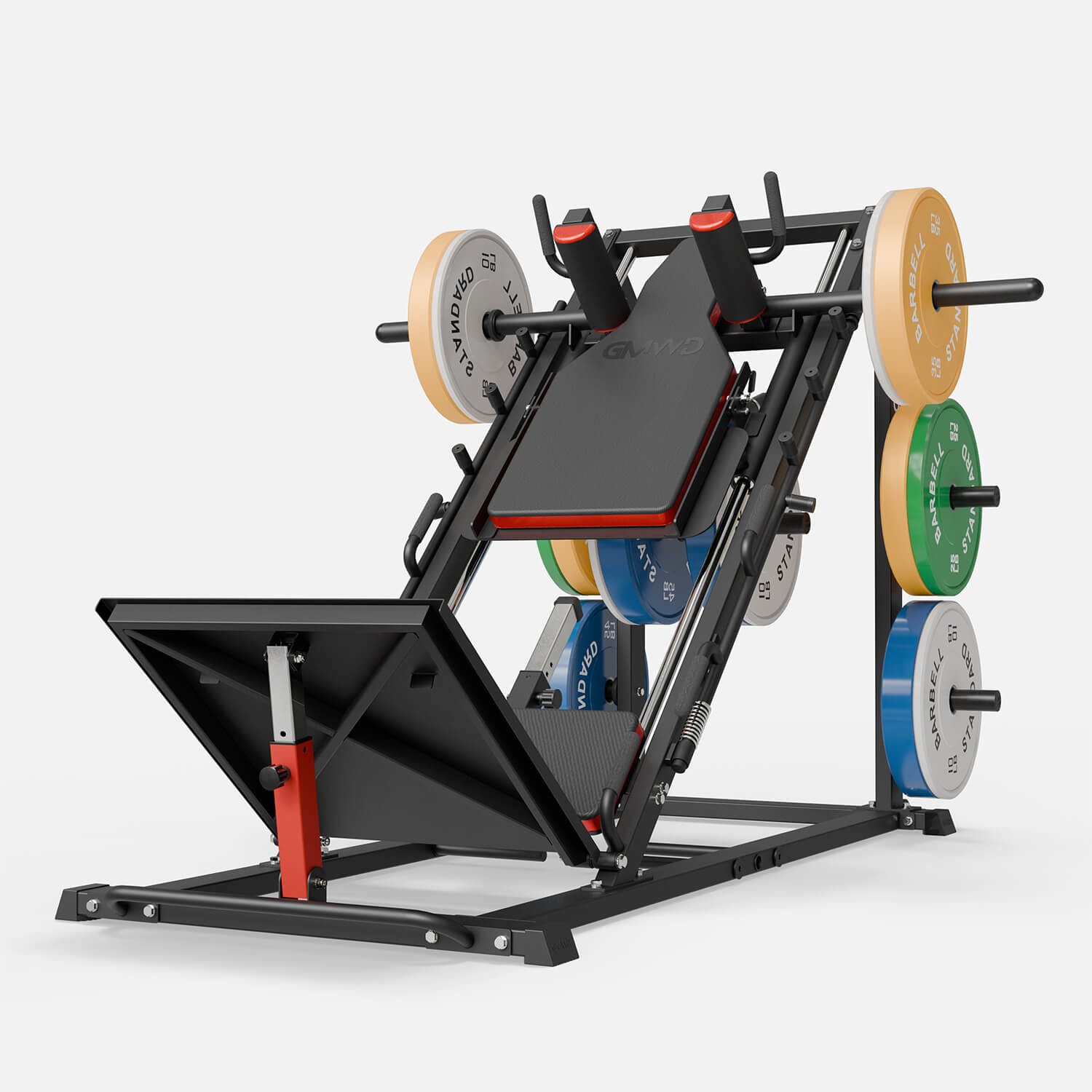
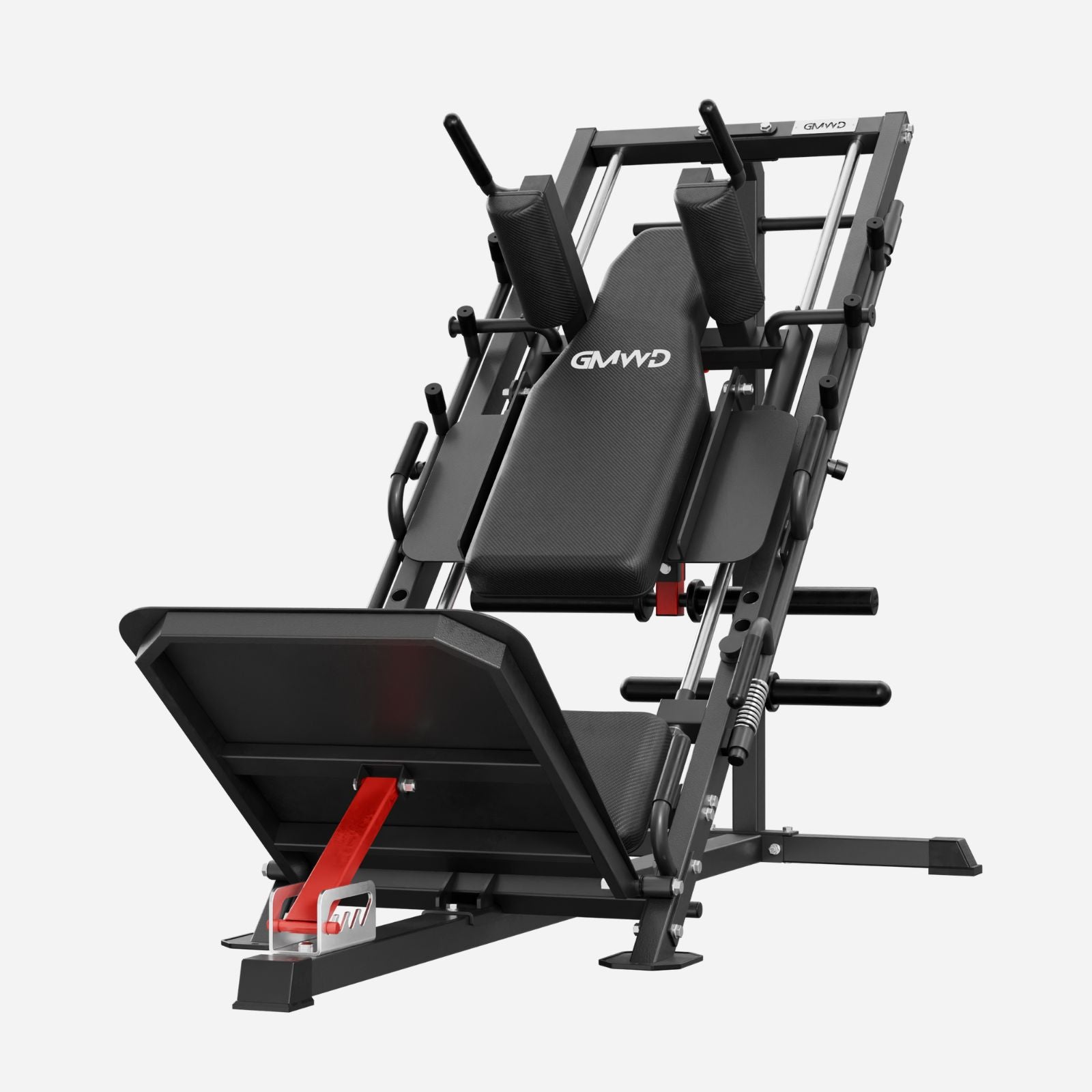
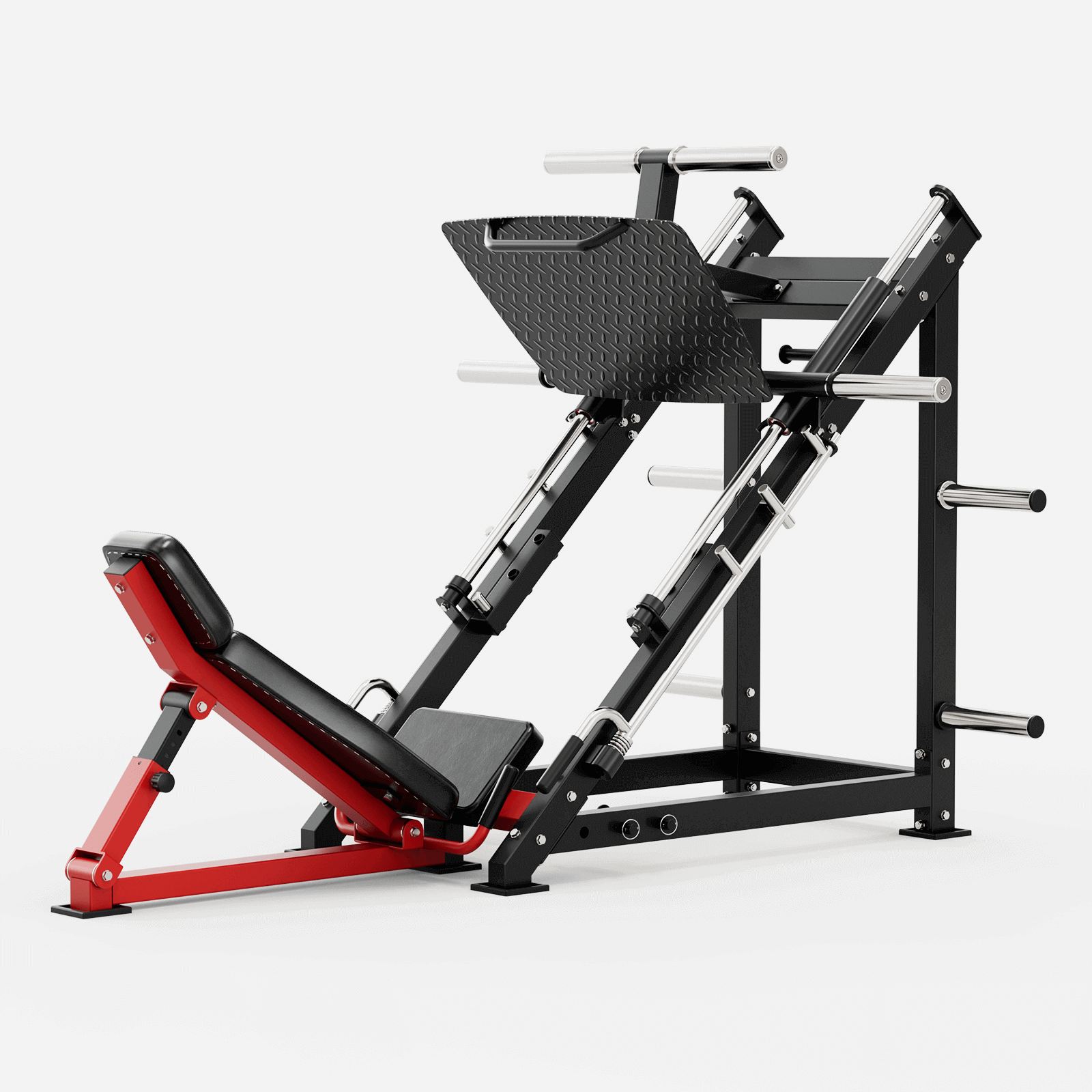
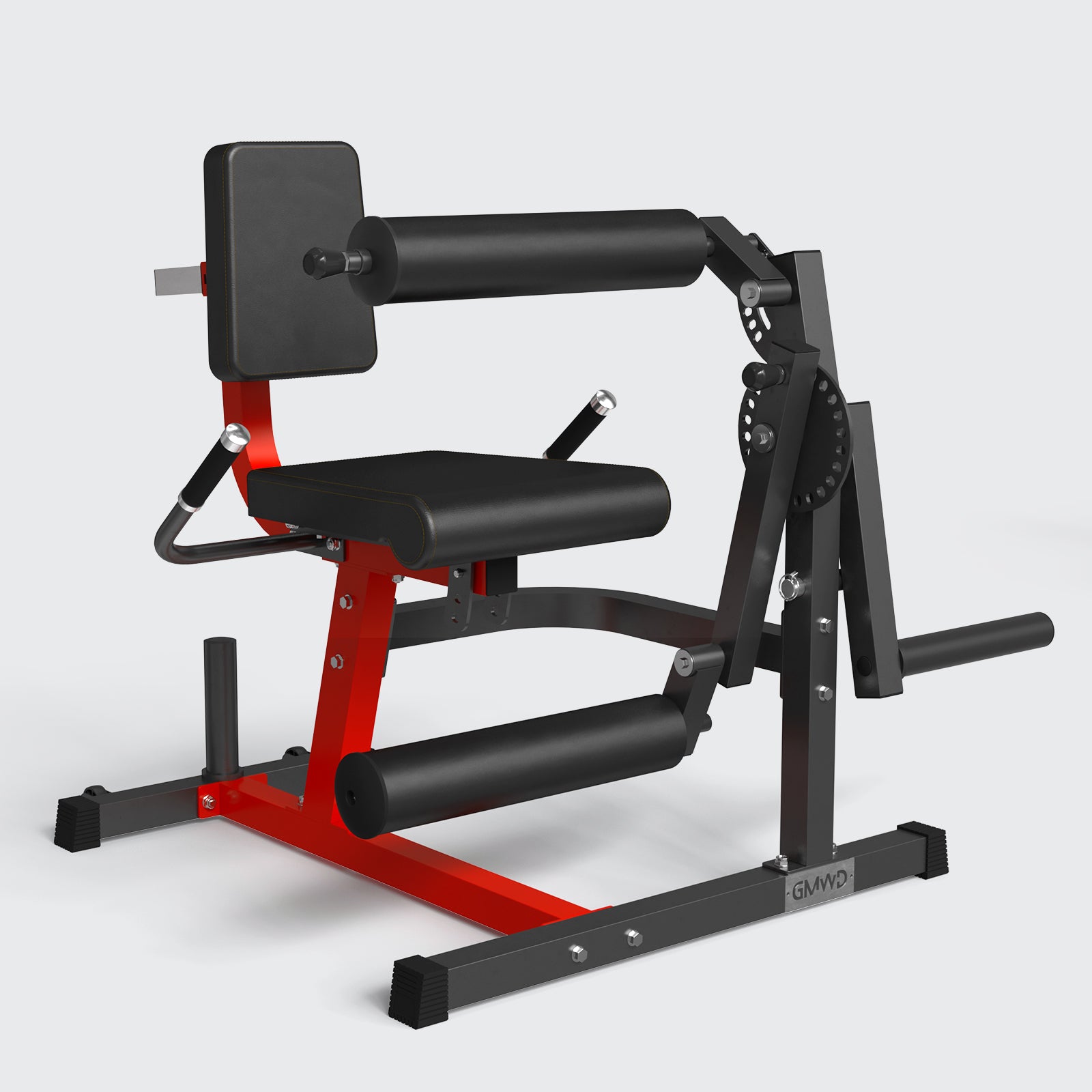
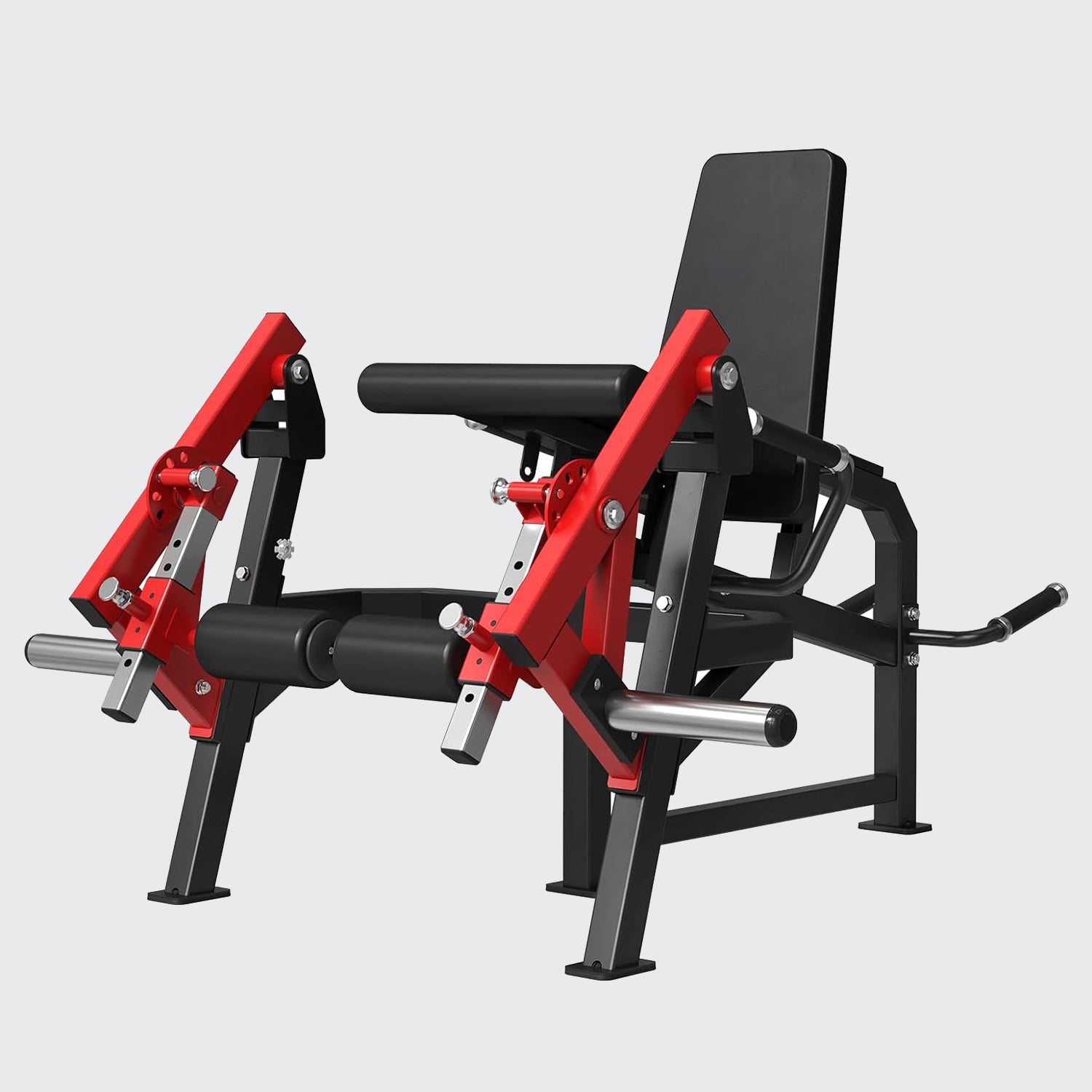
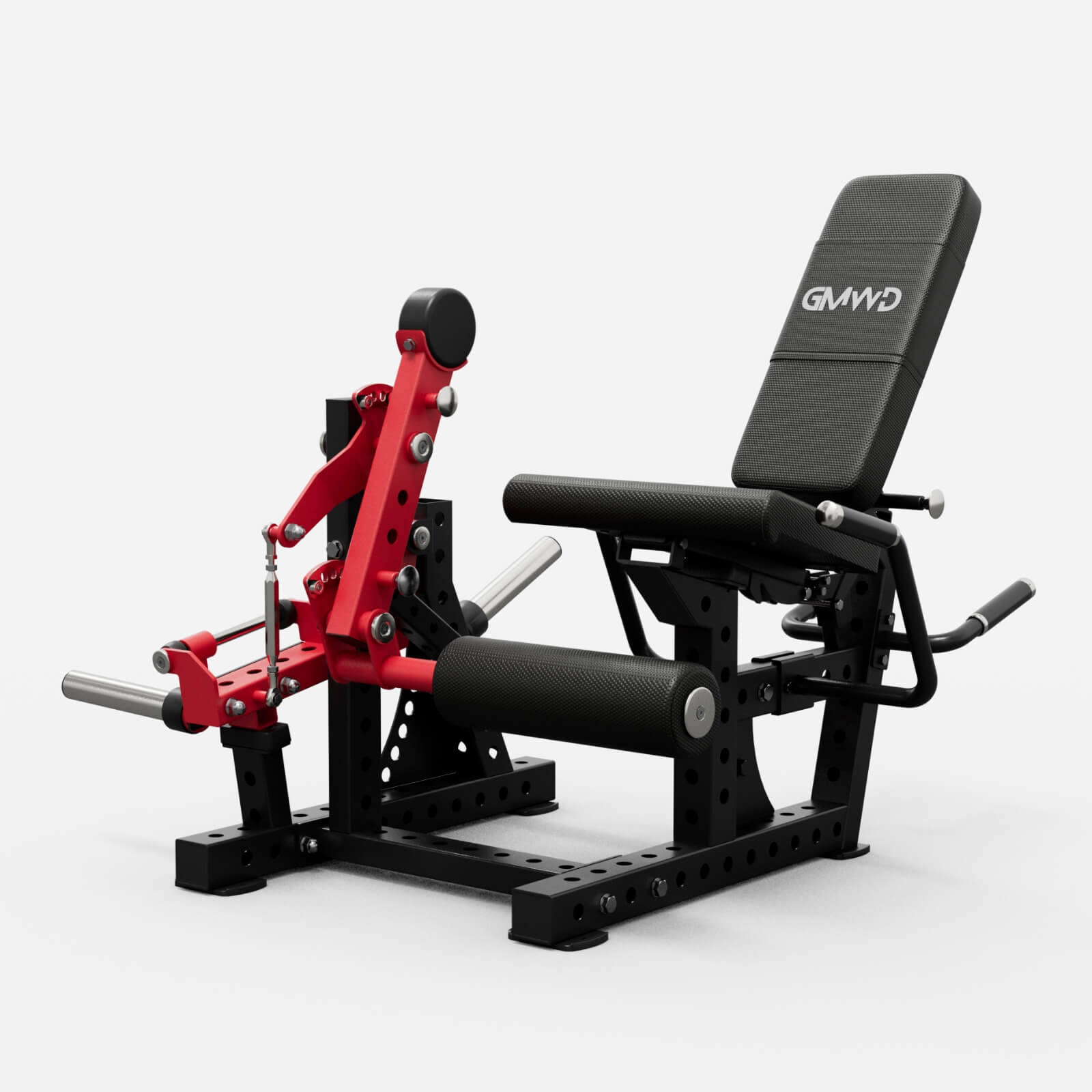
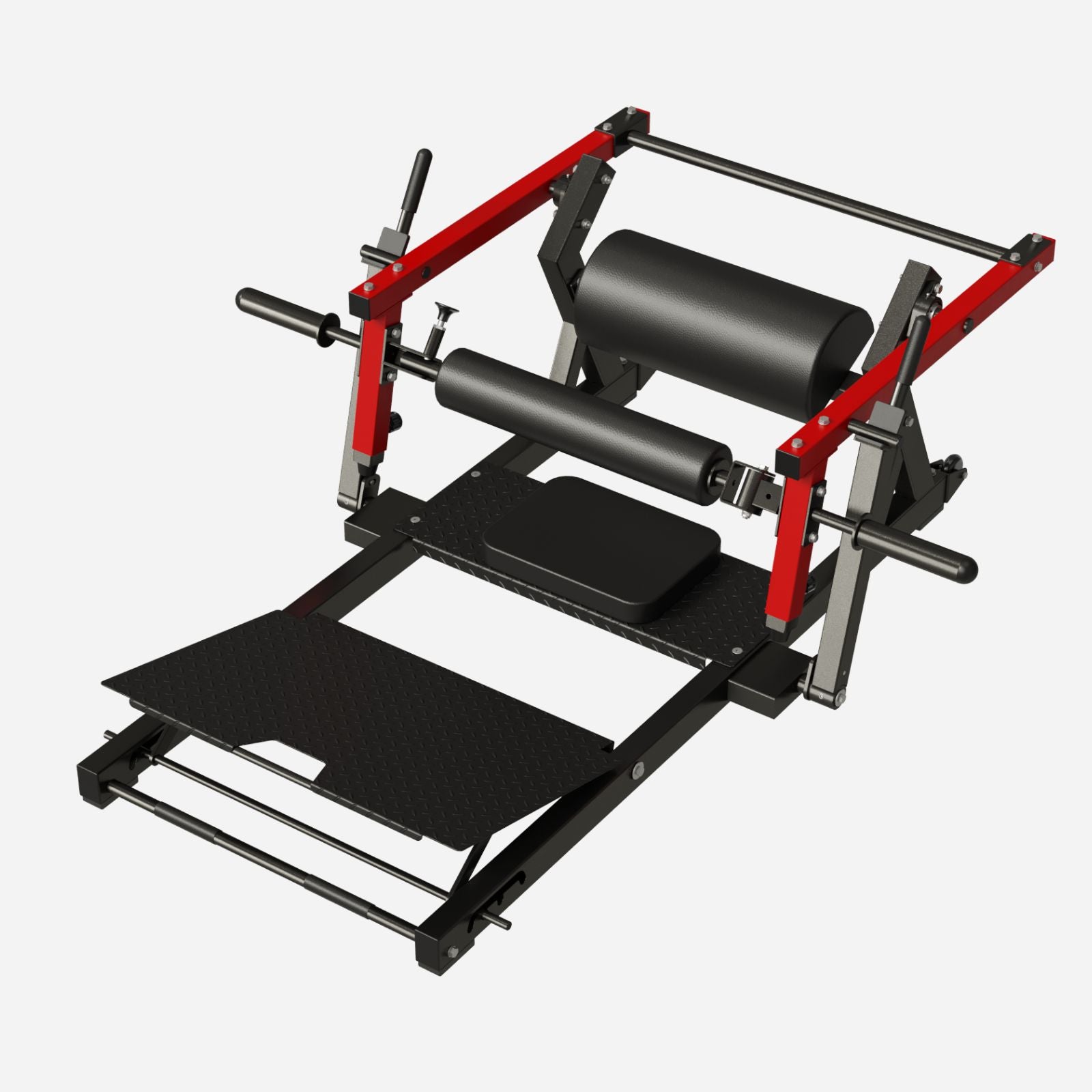

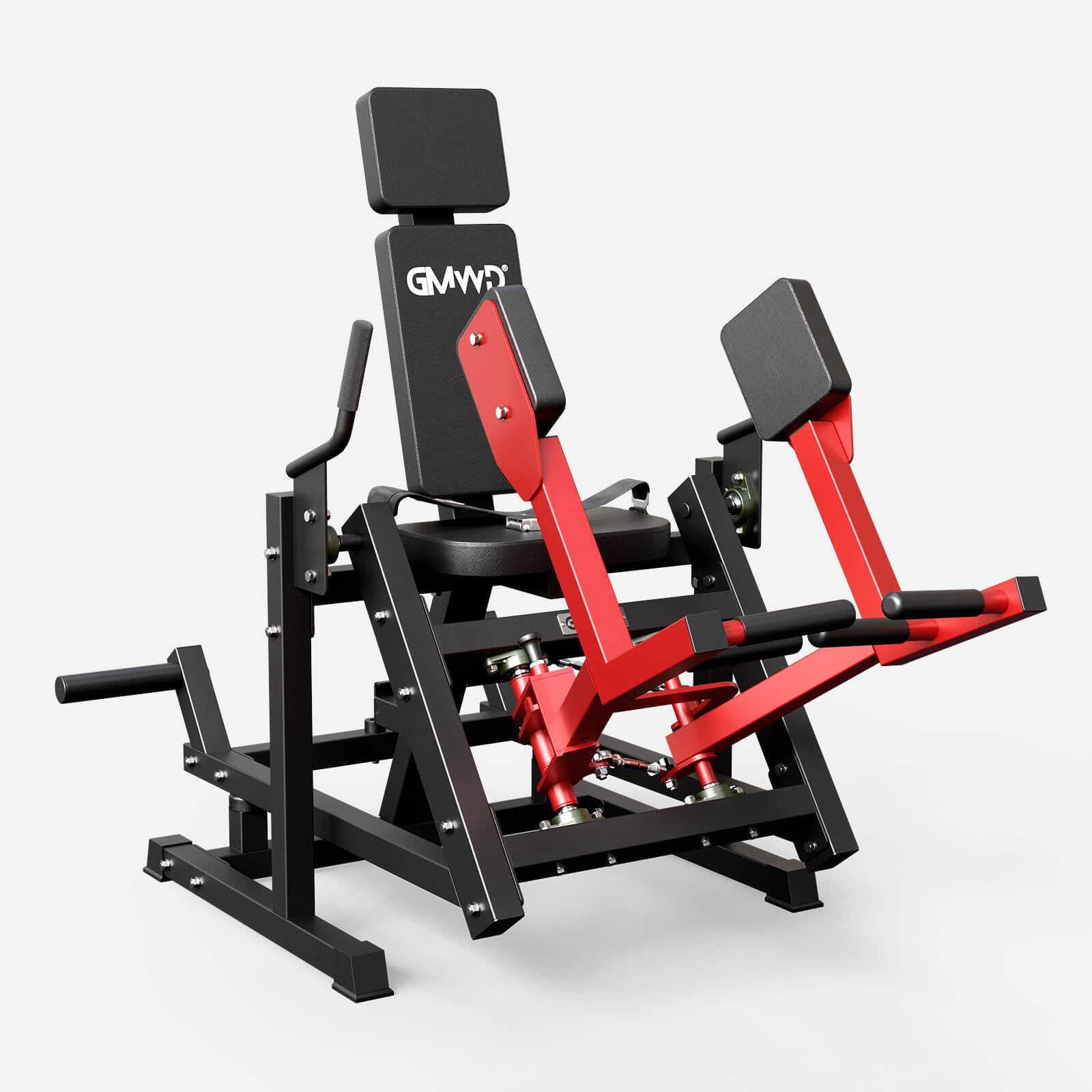
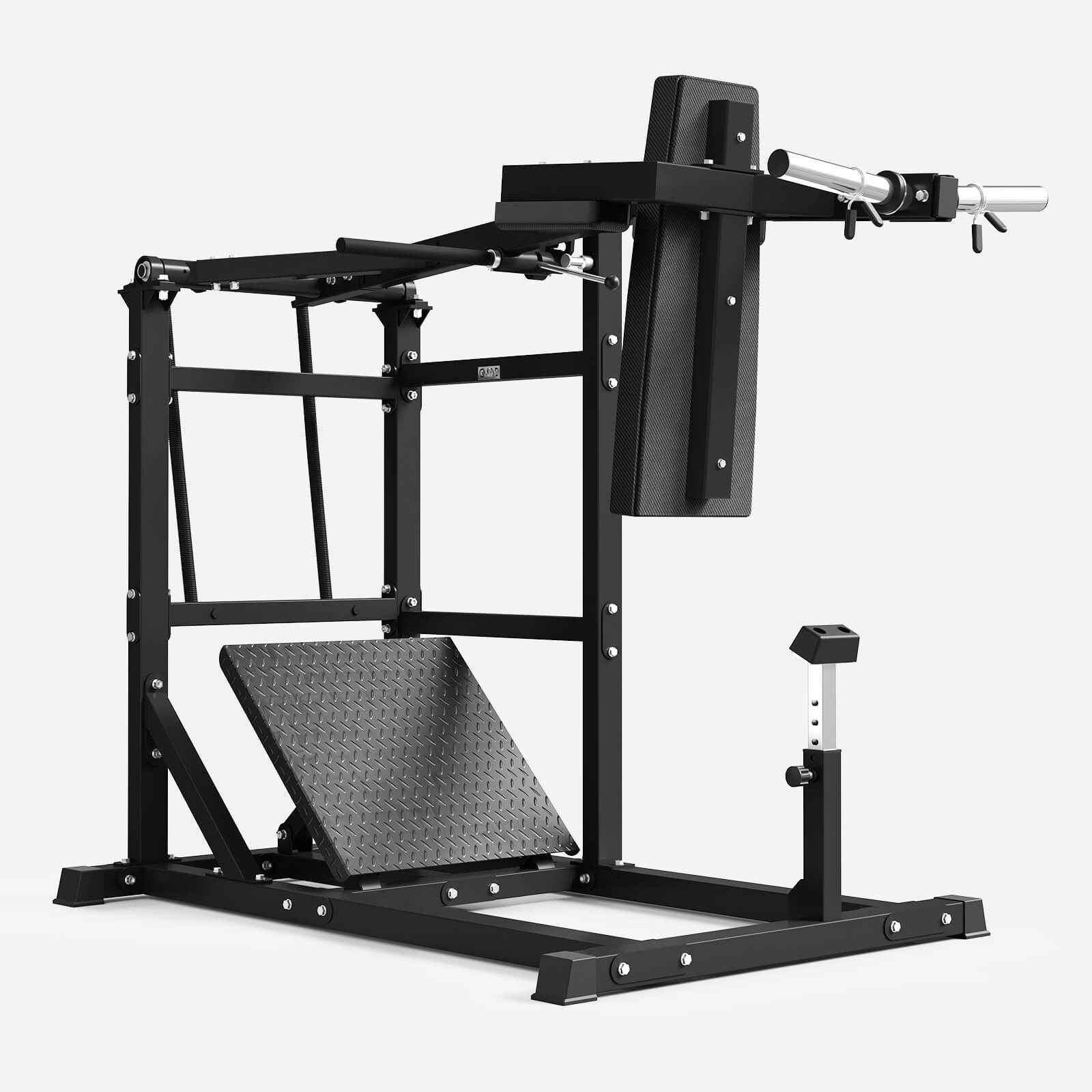
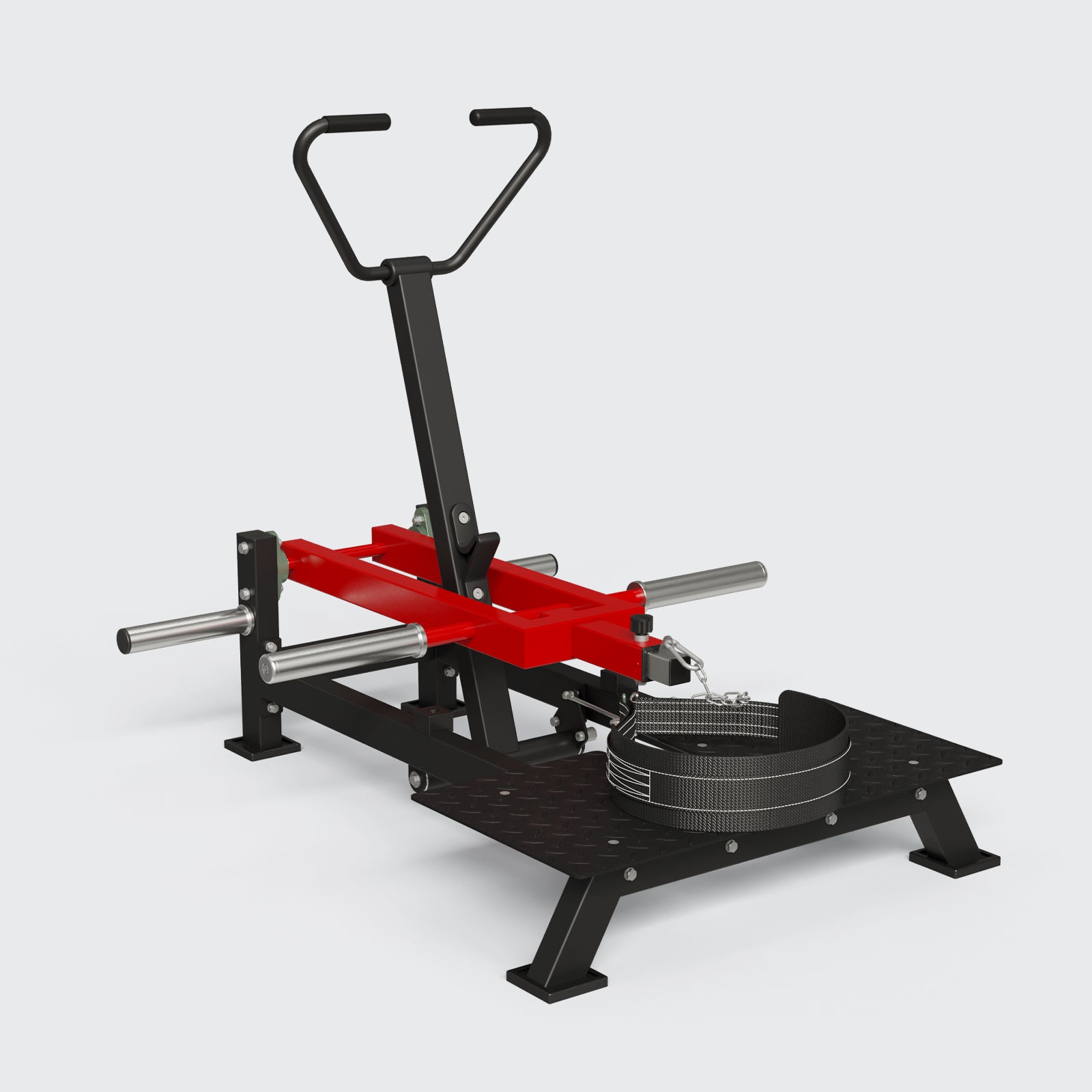
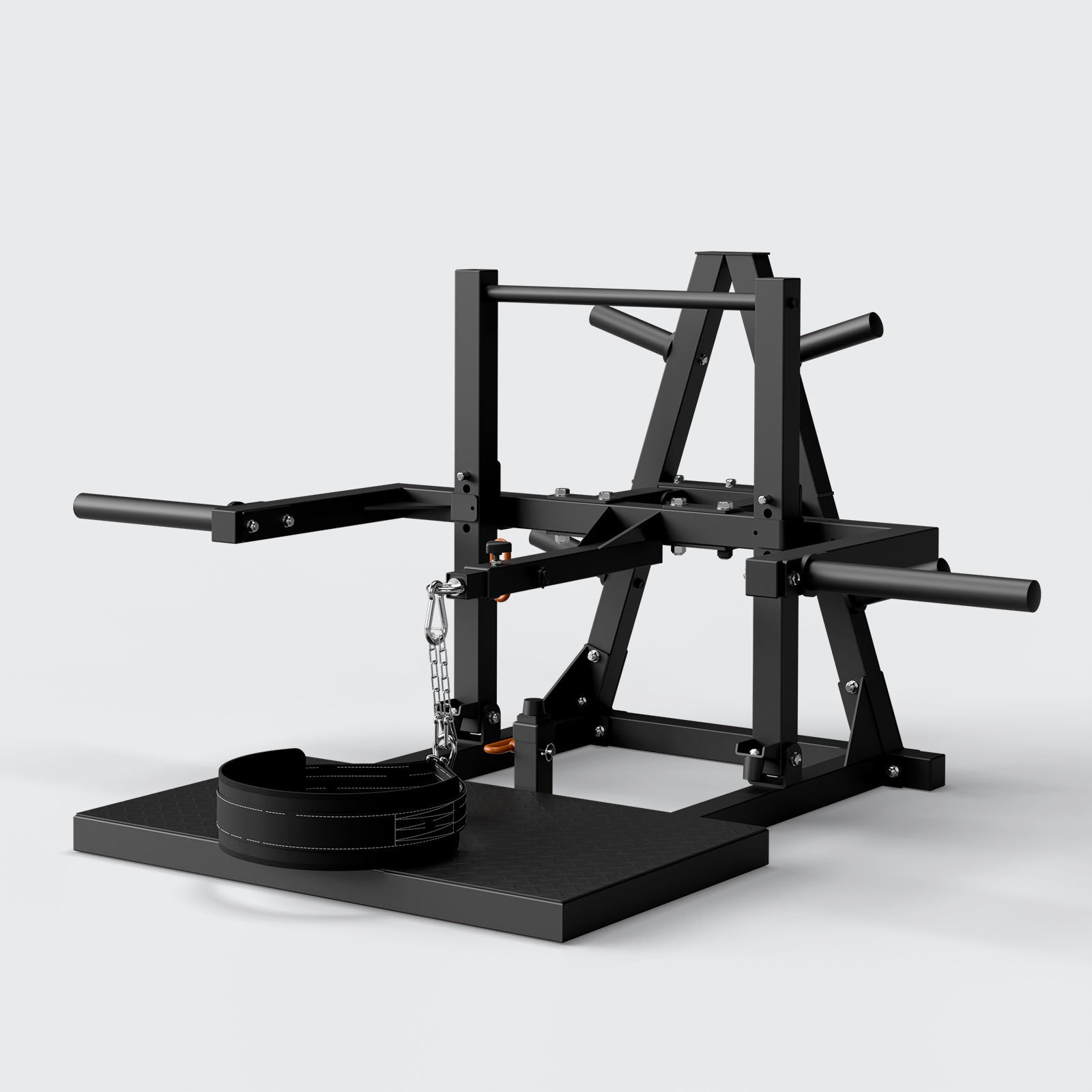

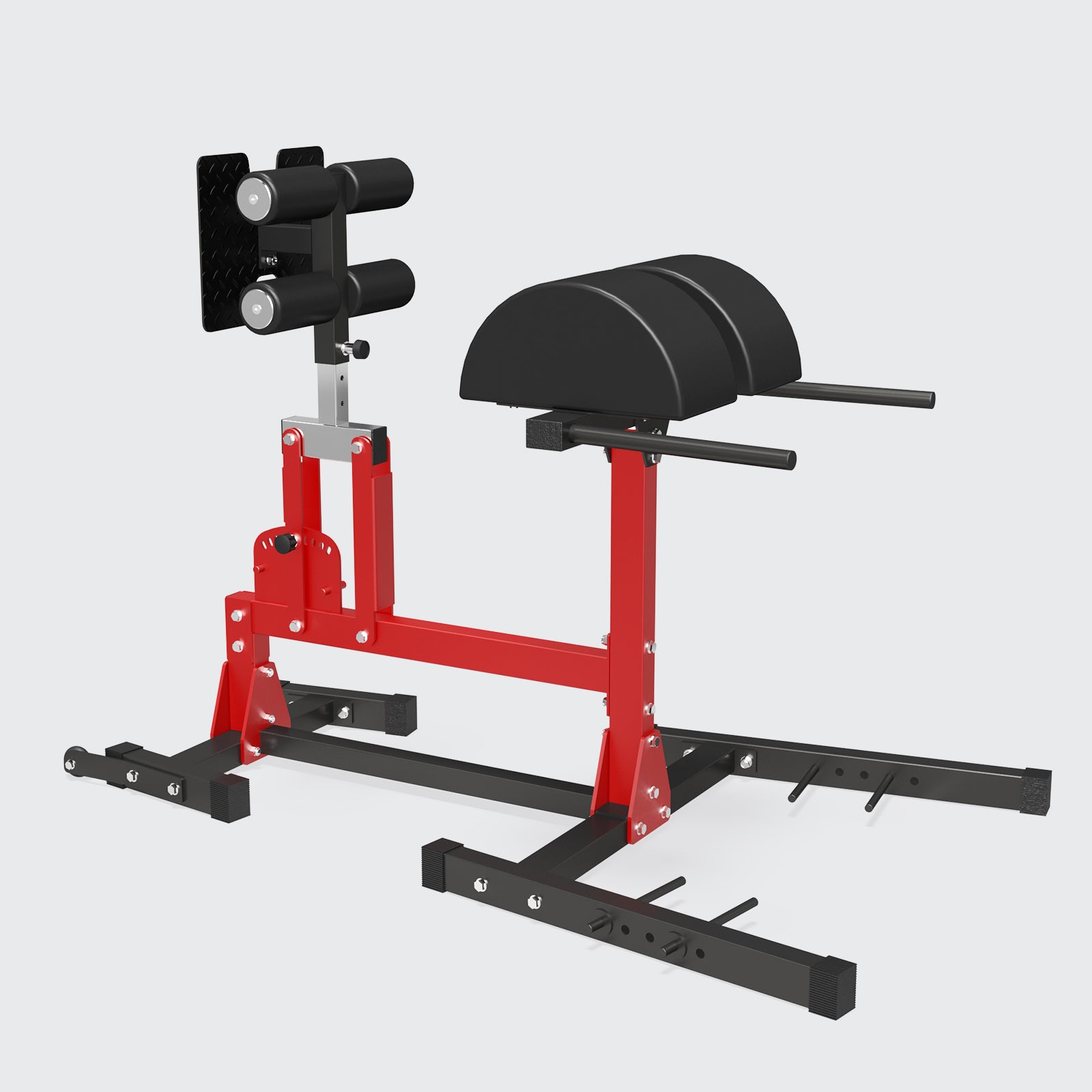
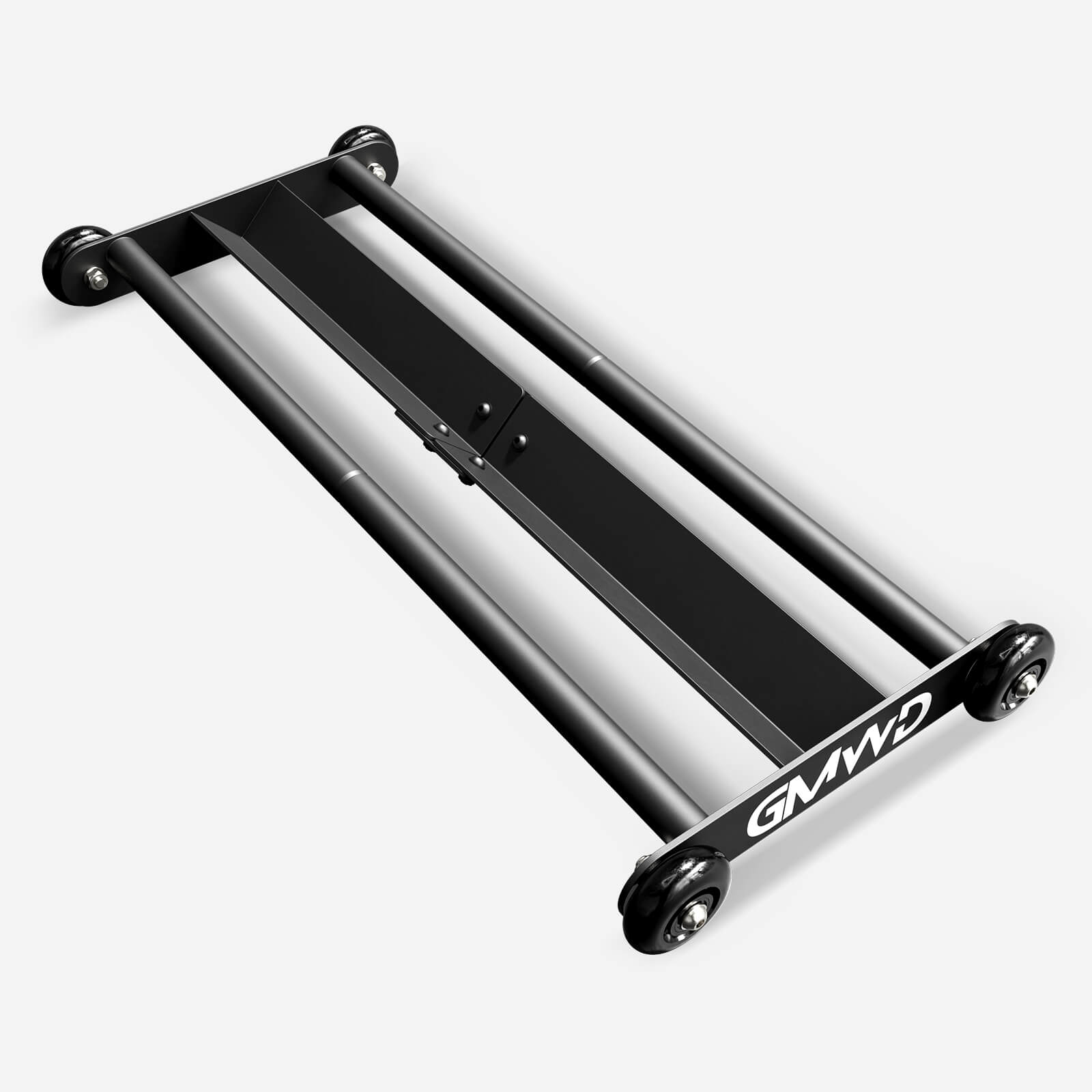
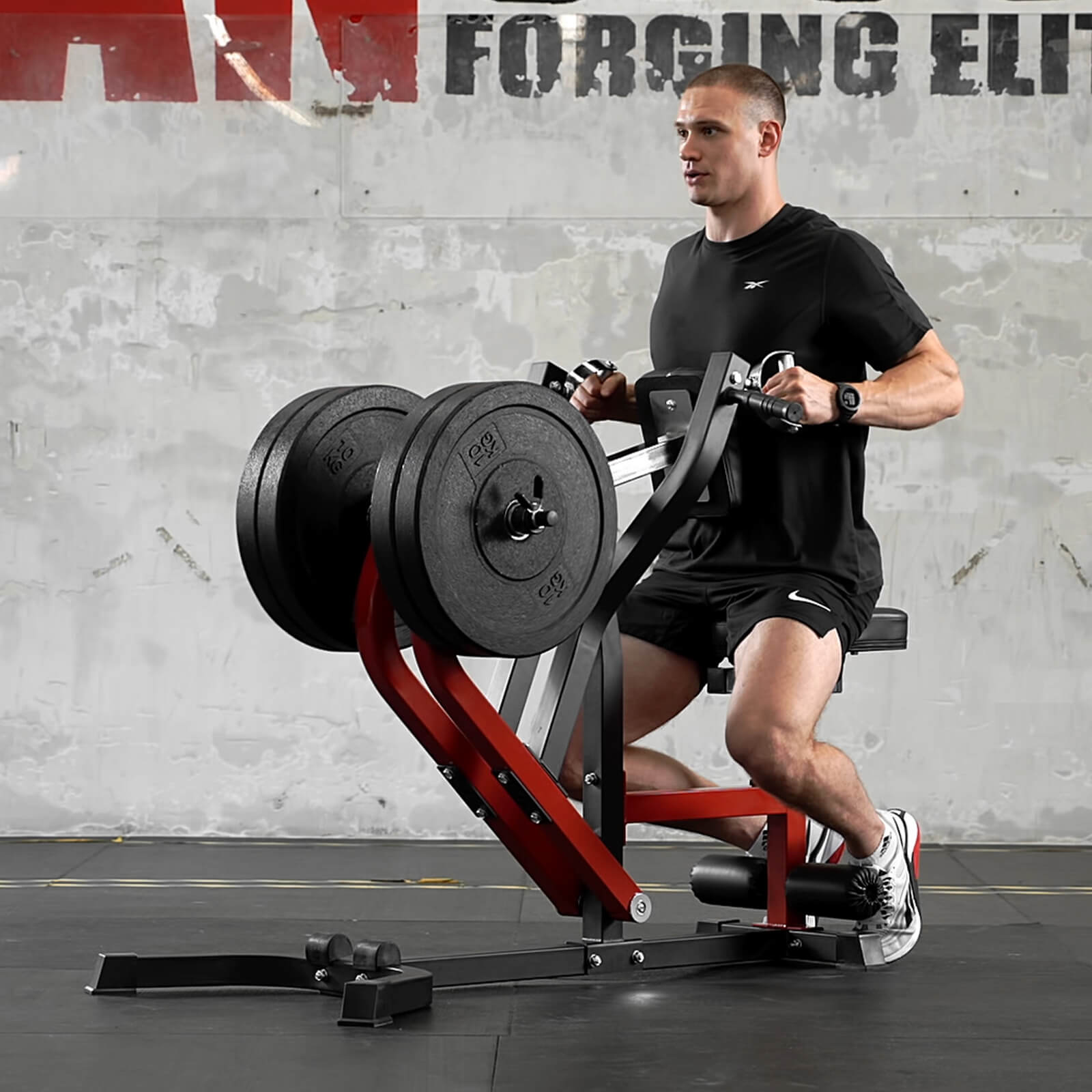
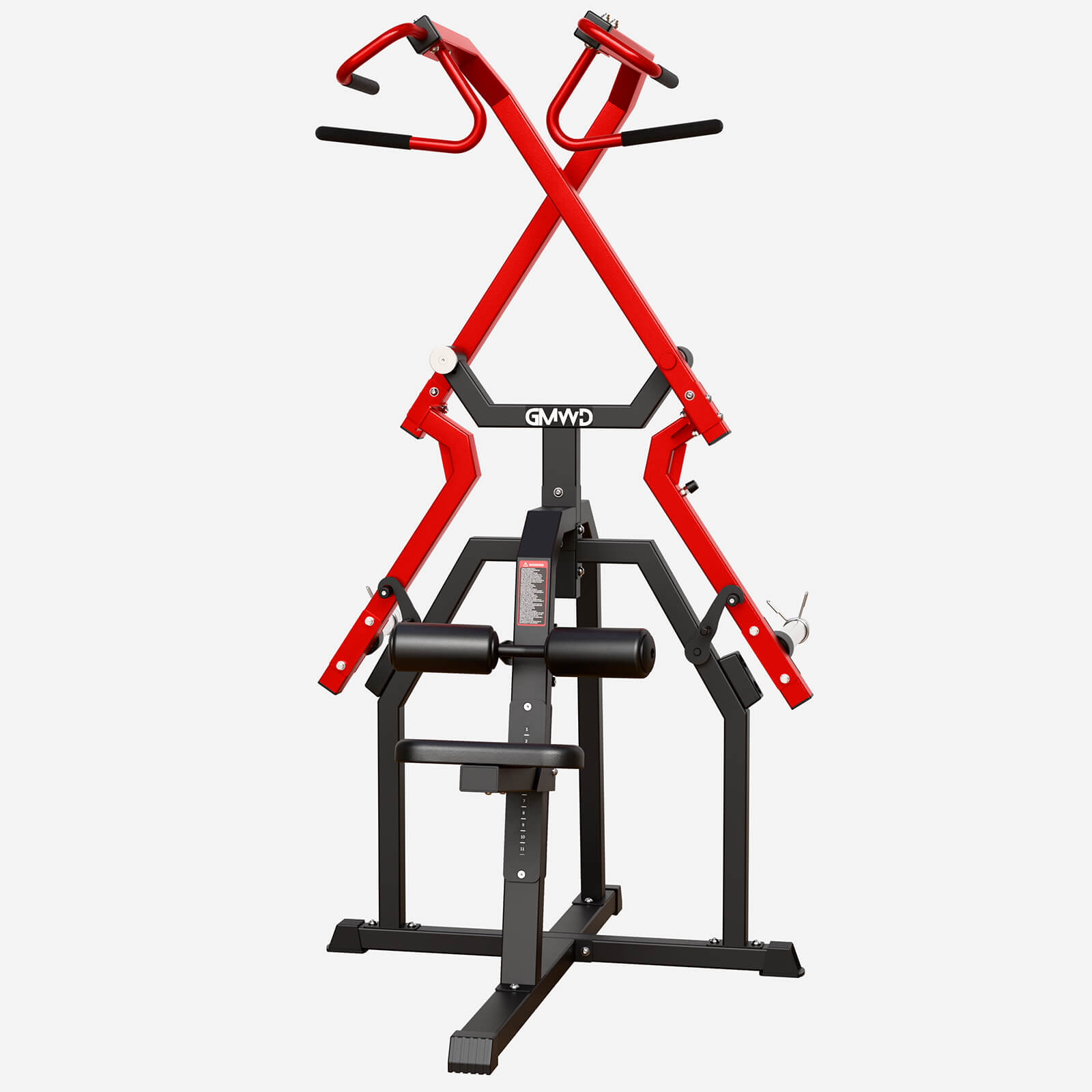
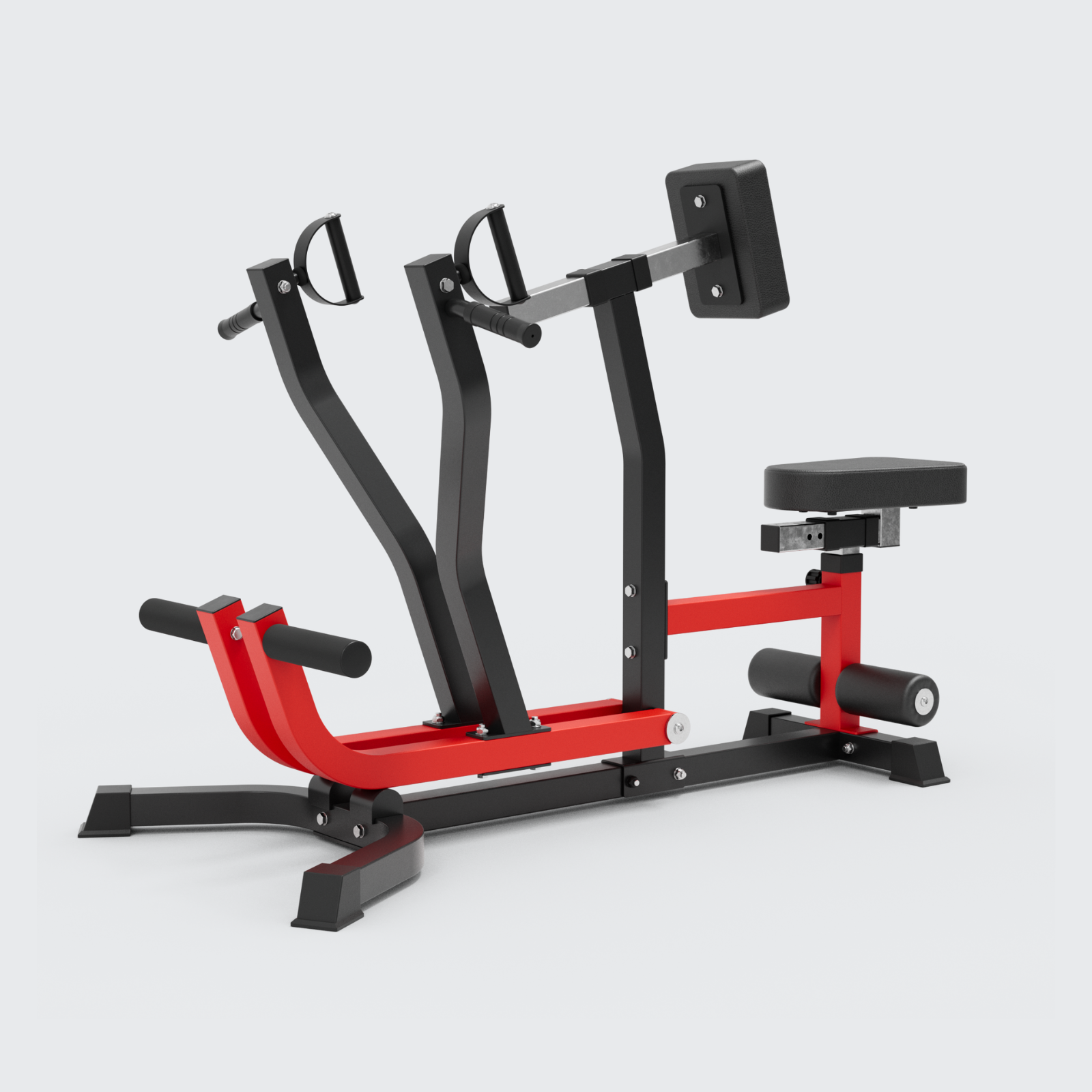
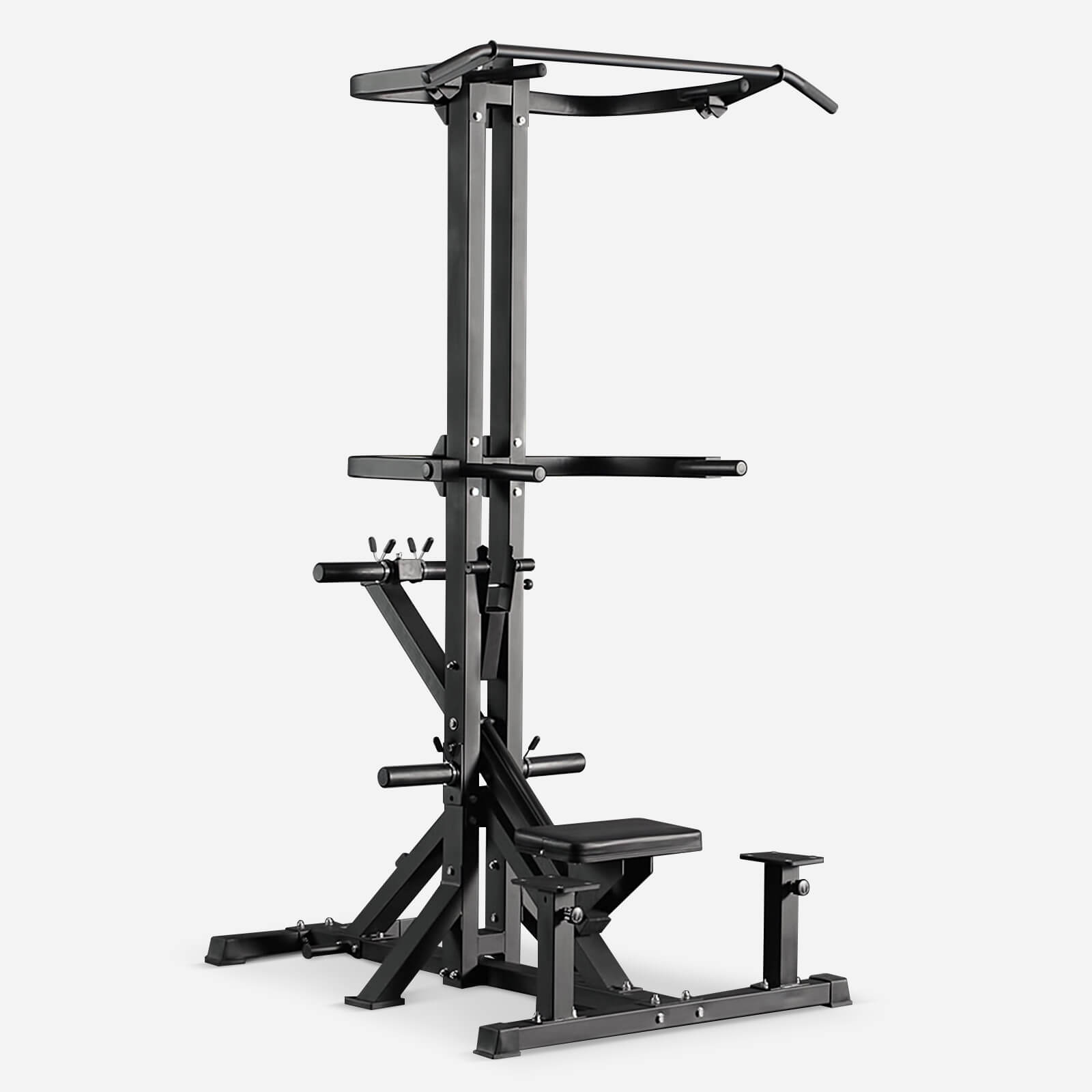
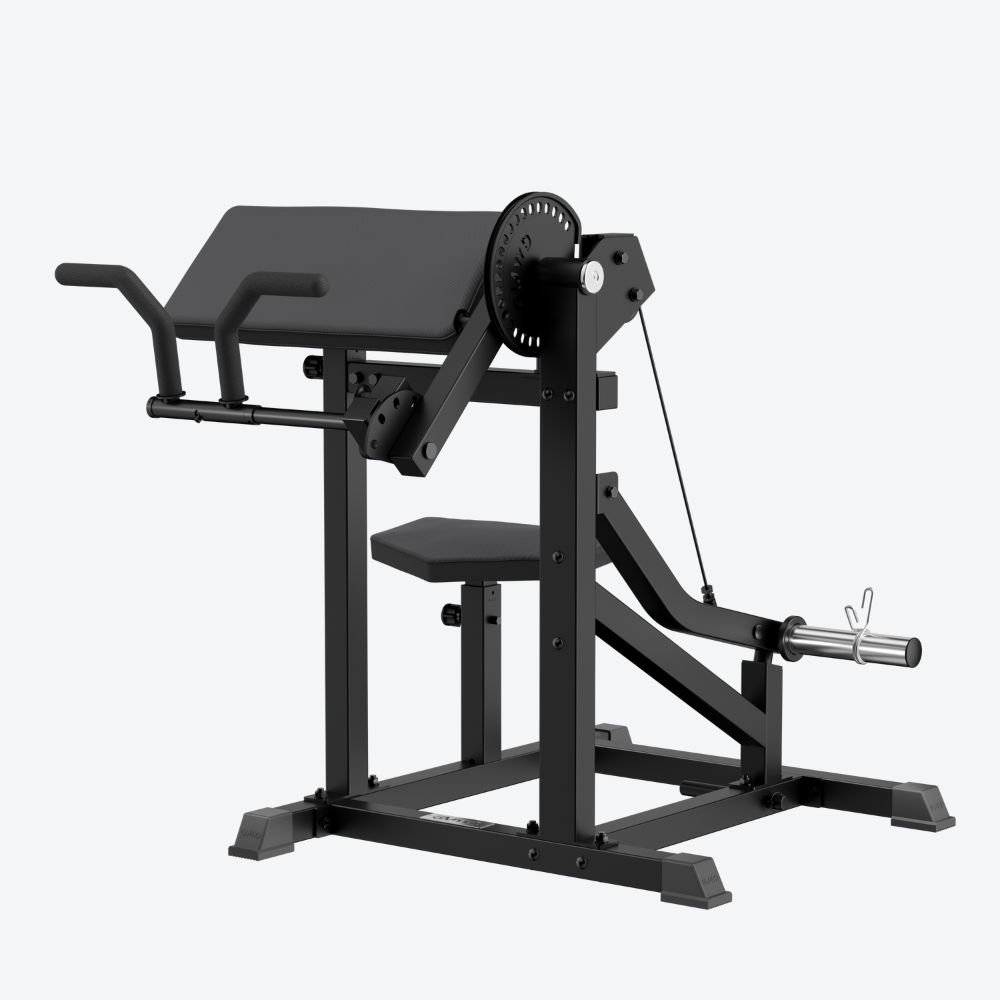
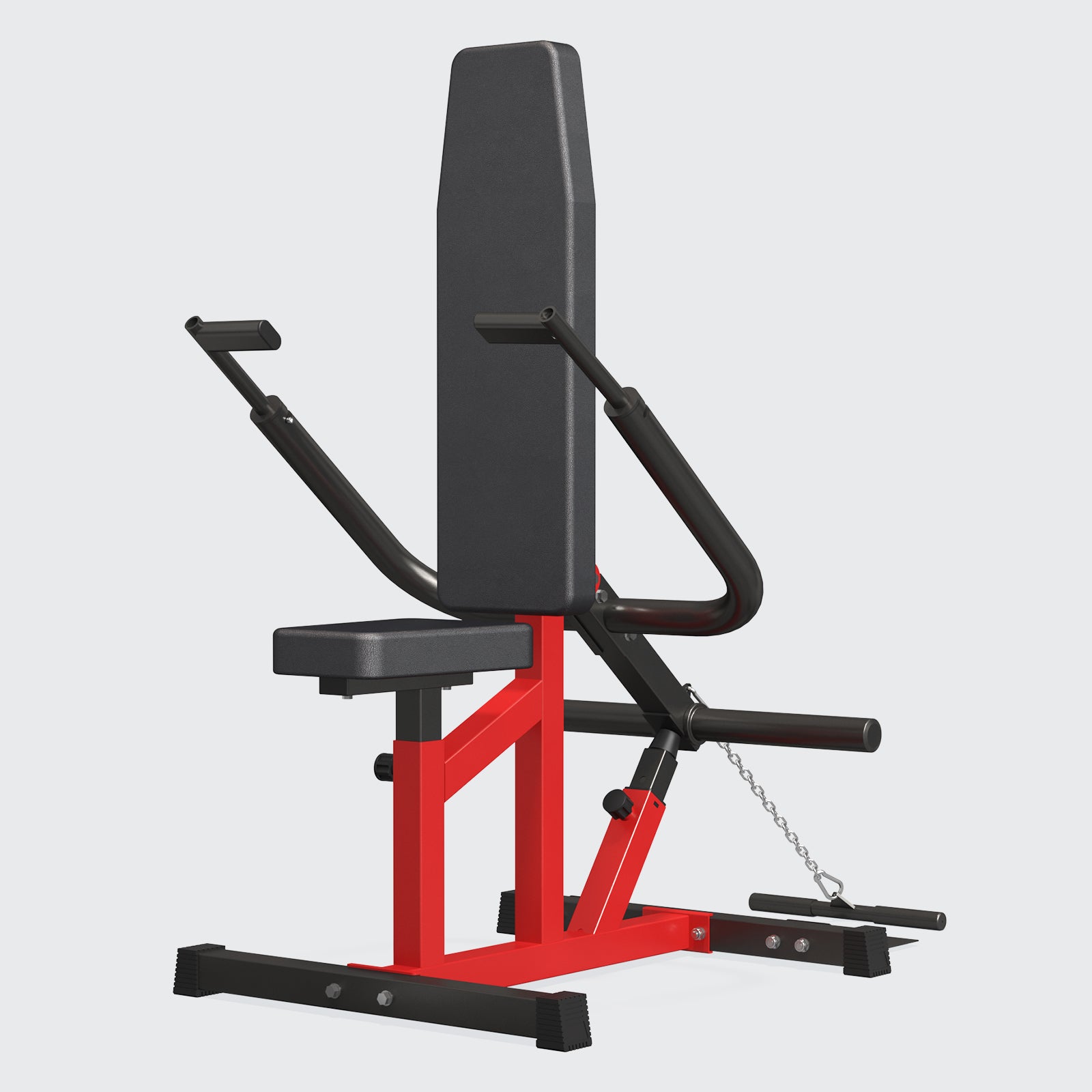
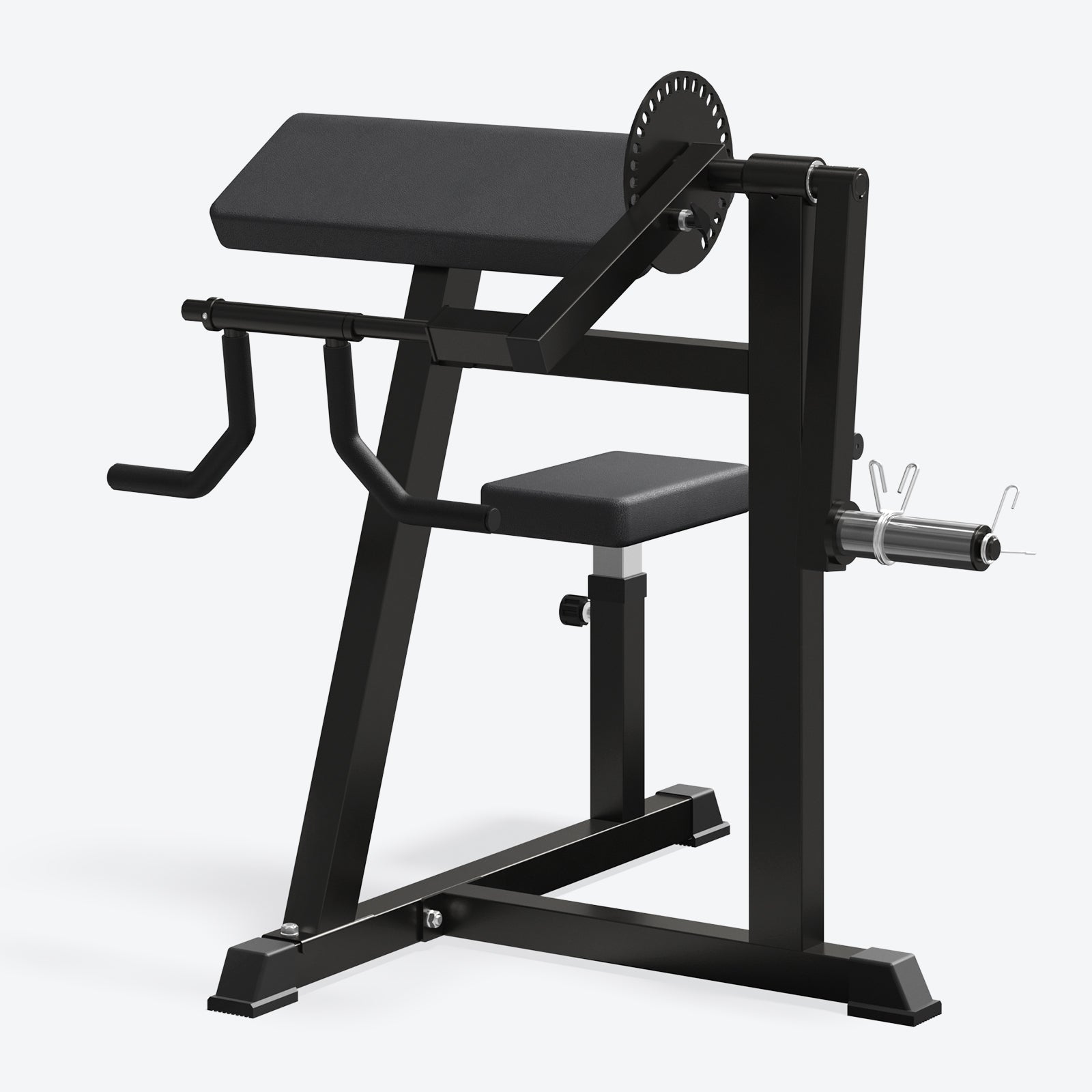
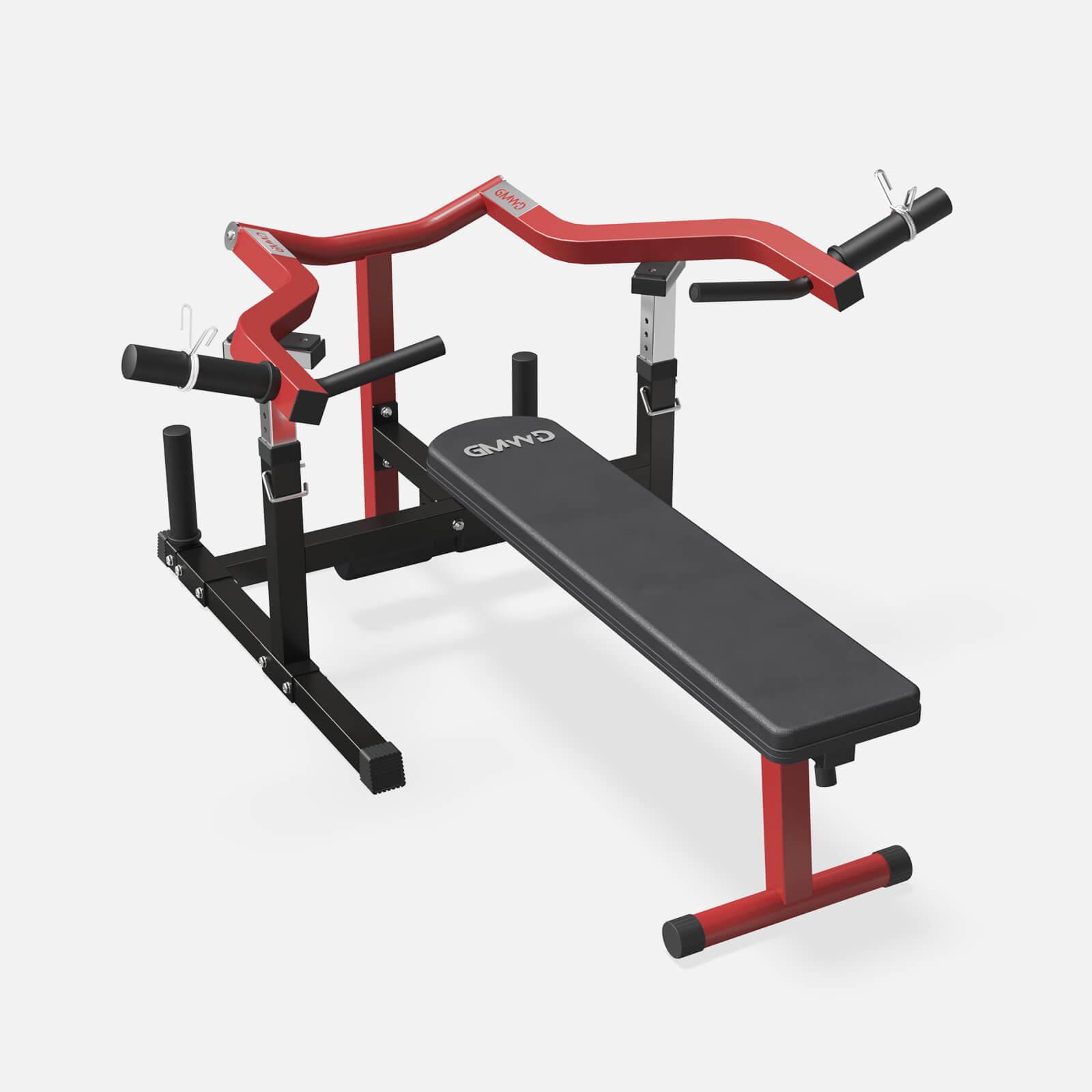
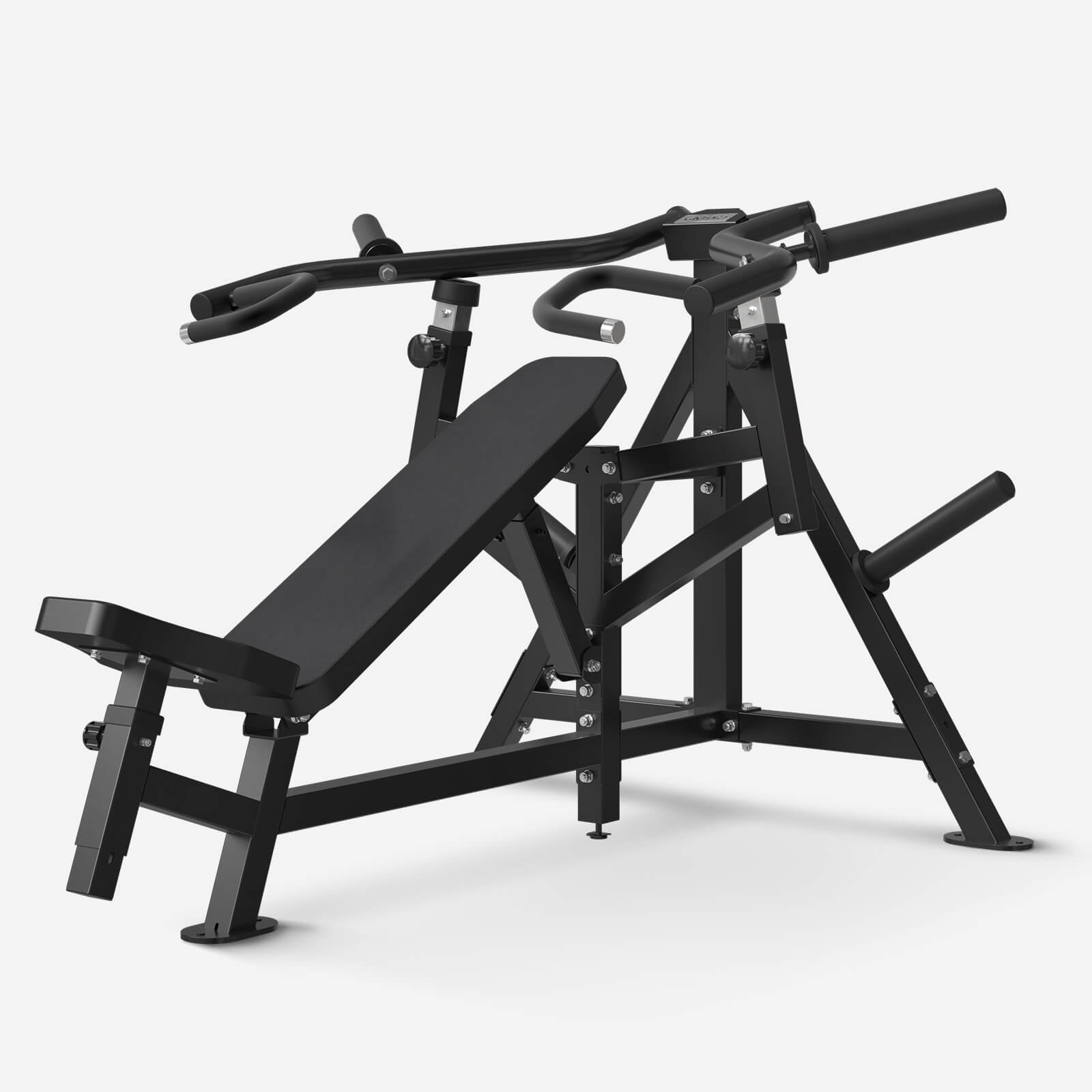
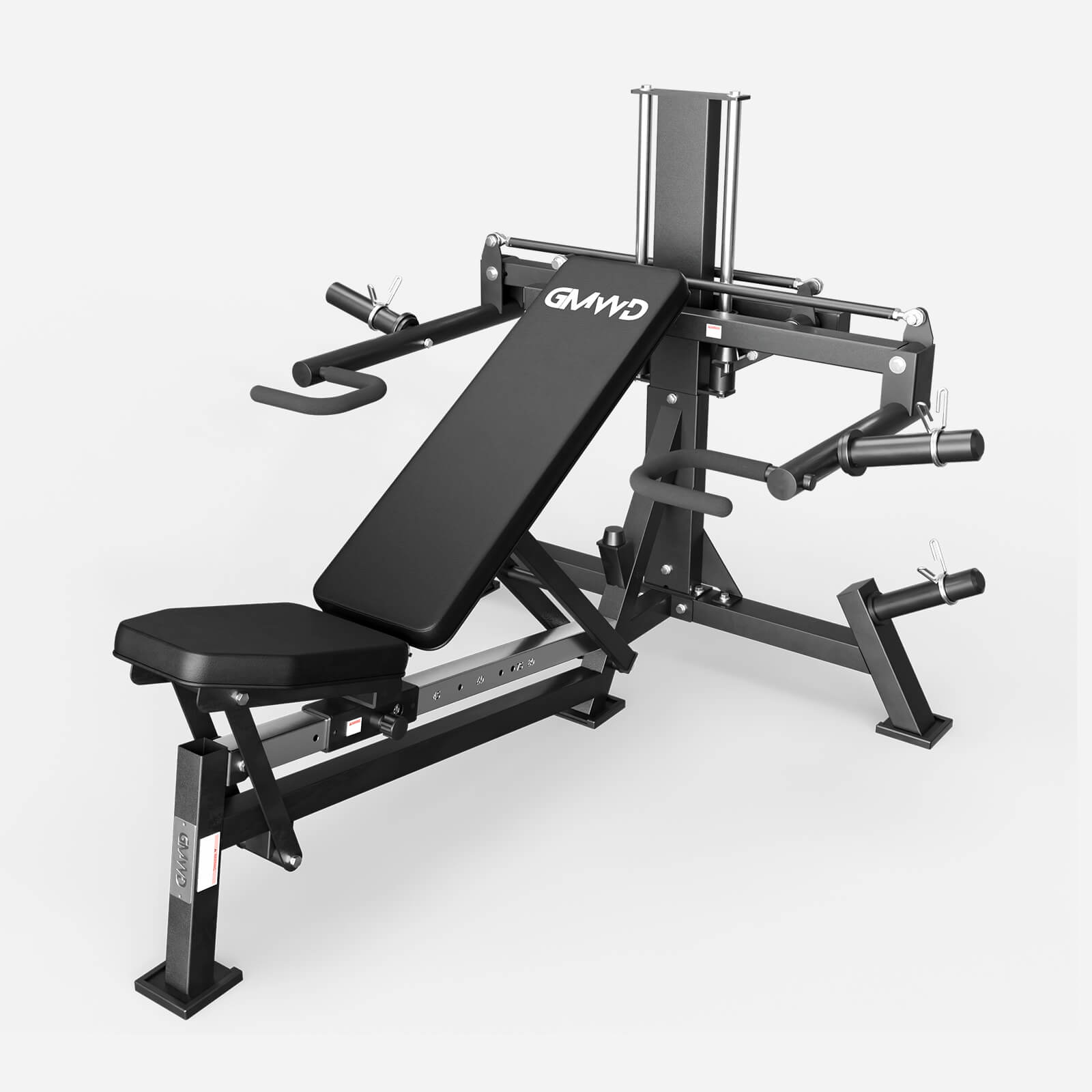
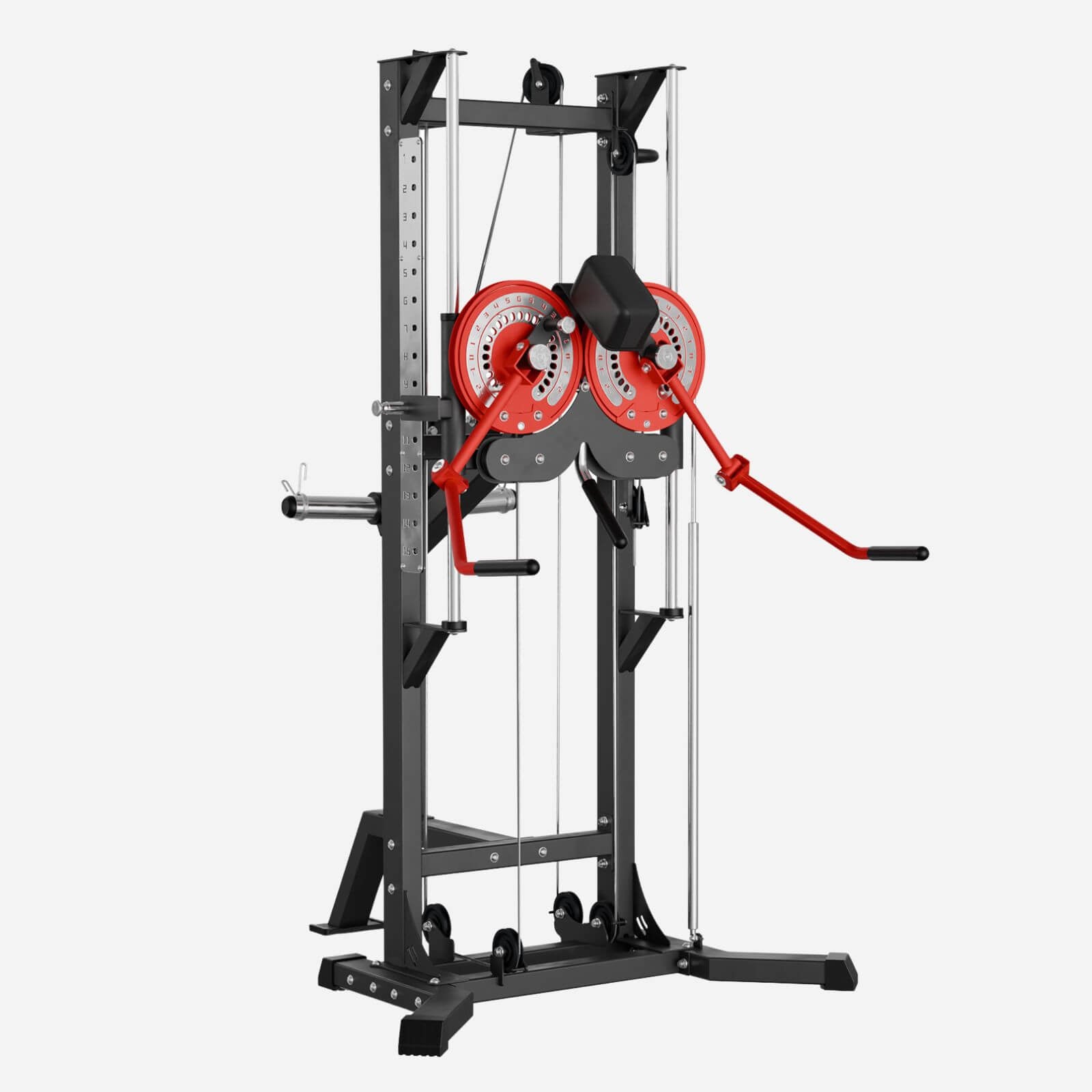
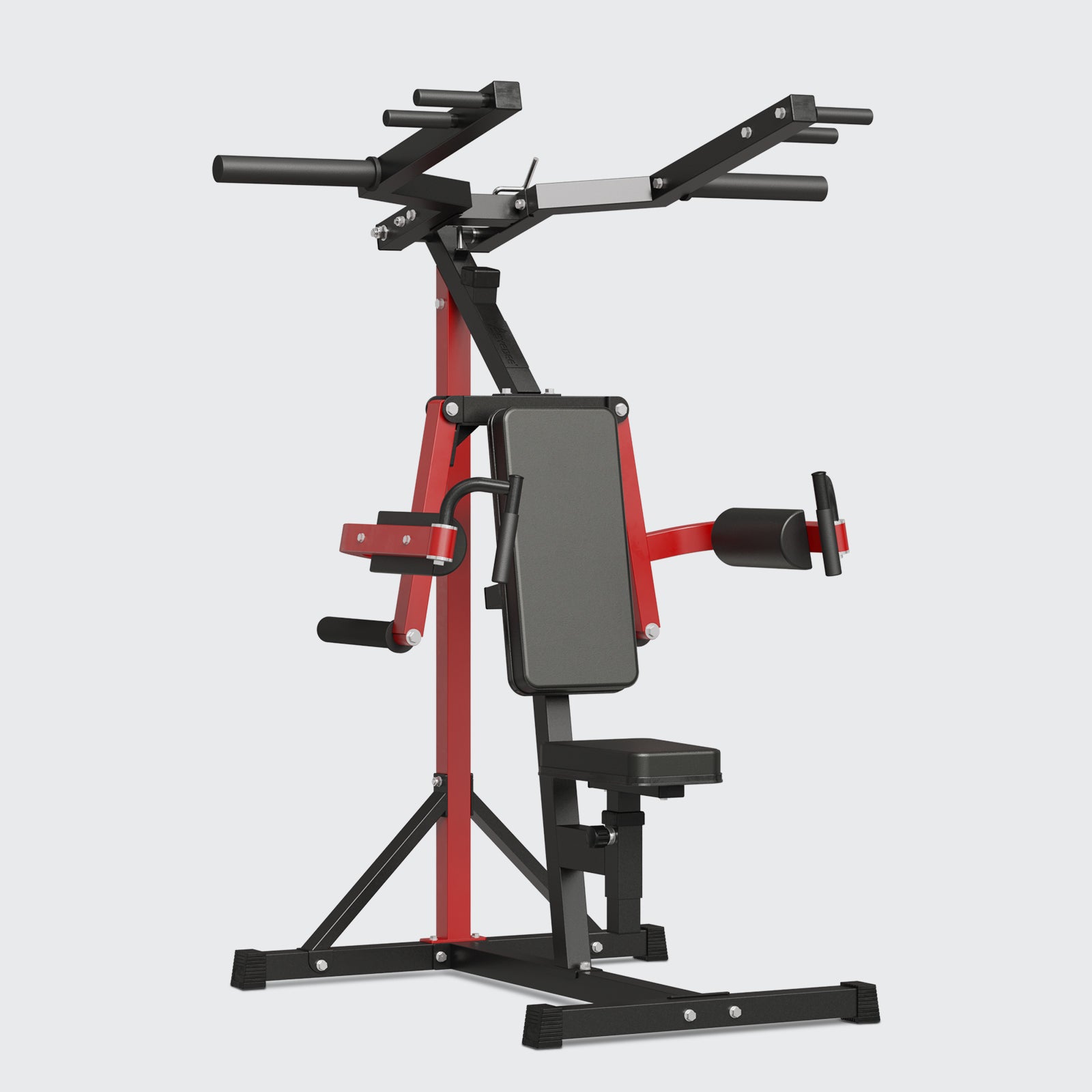
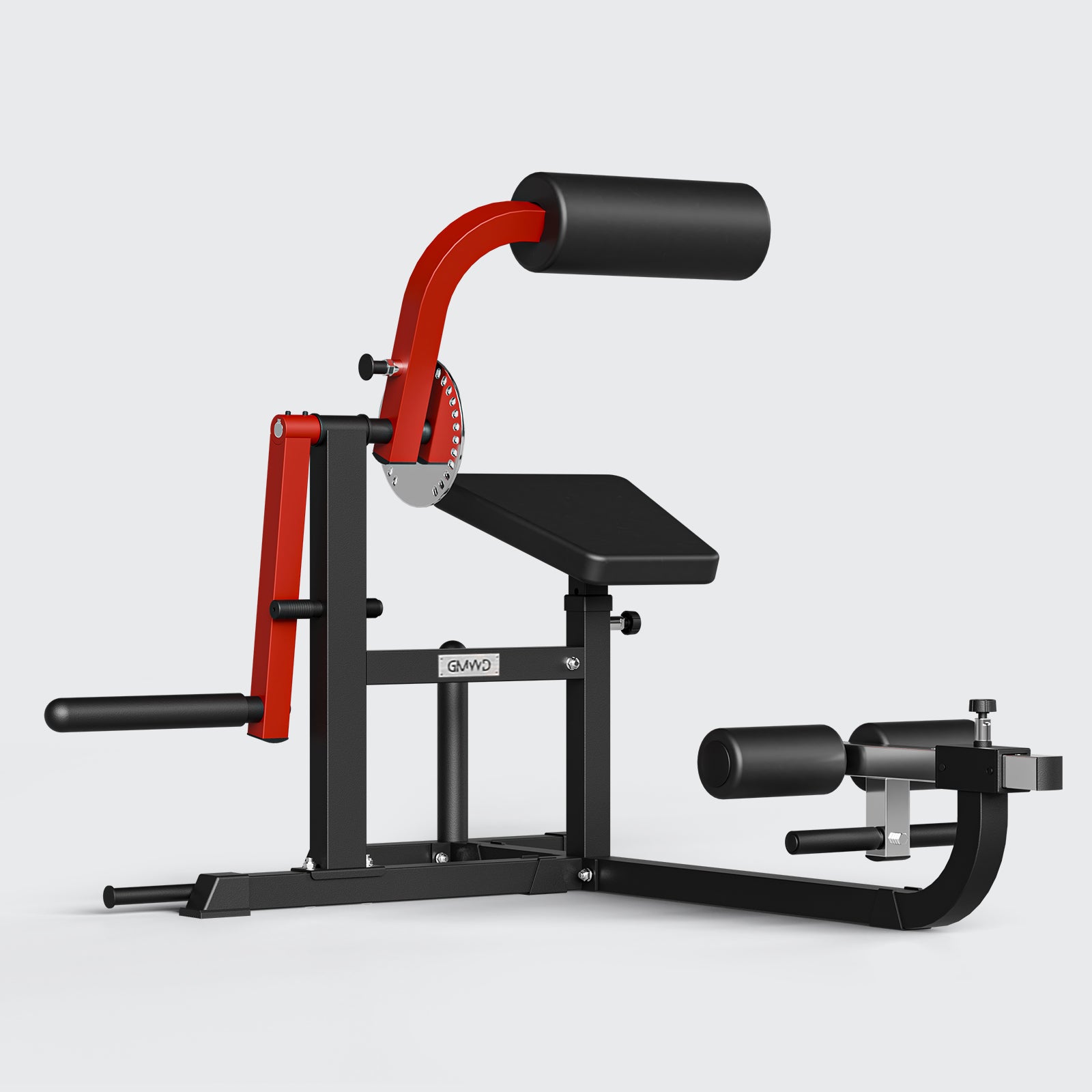
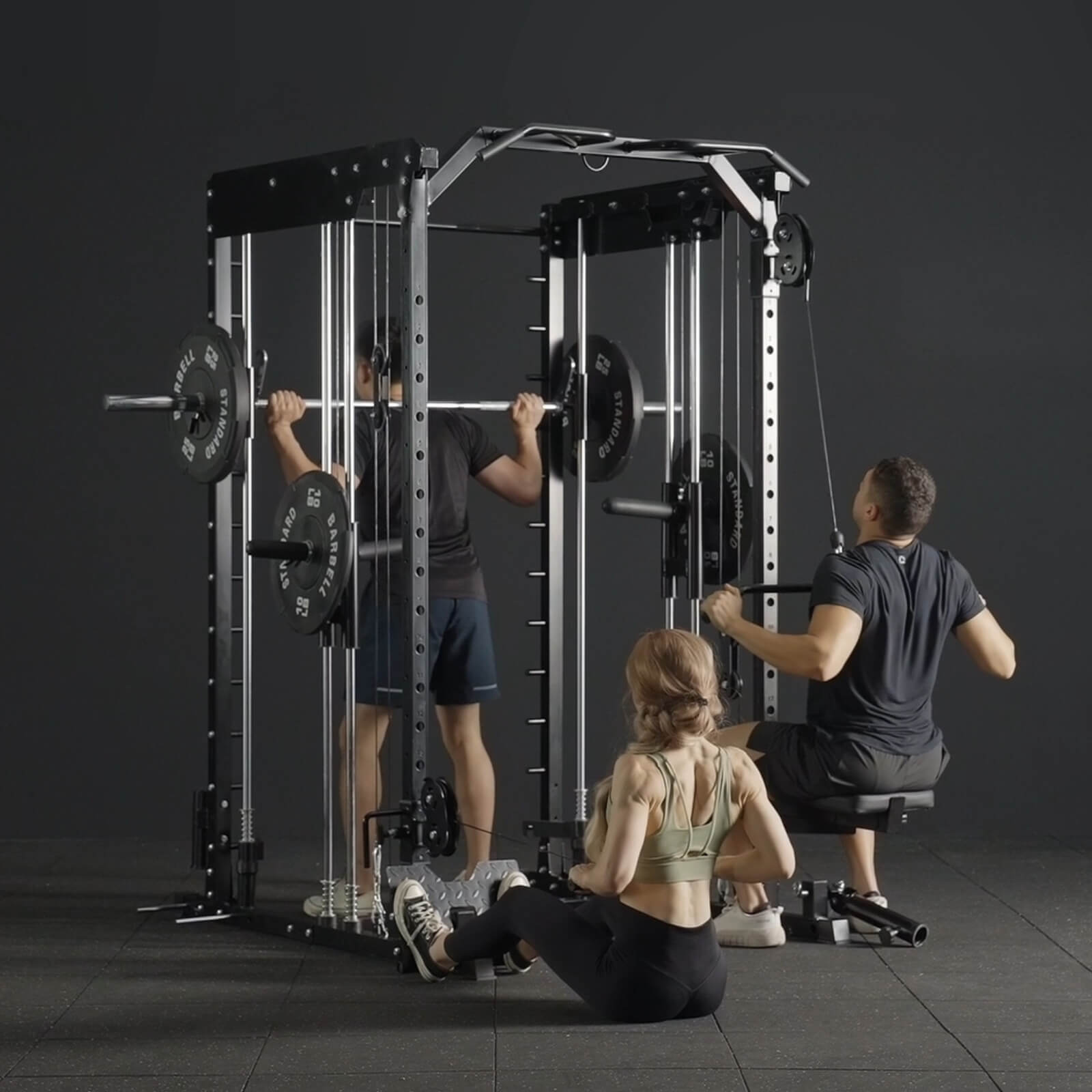
Leave a comment
All comments are moderated before being published.
This site is protected by hCaptcha and the hCaptcha Privacy Policy and Terms of Service apply.